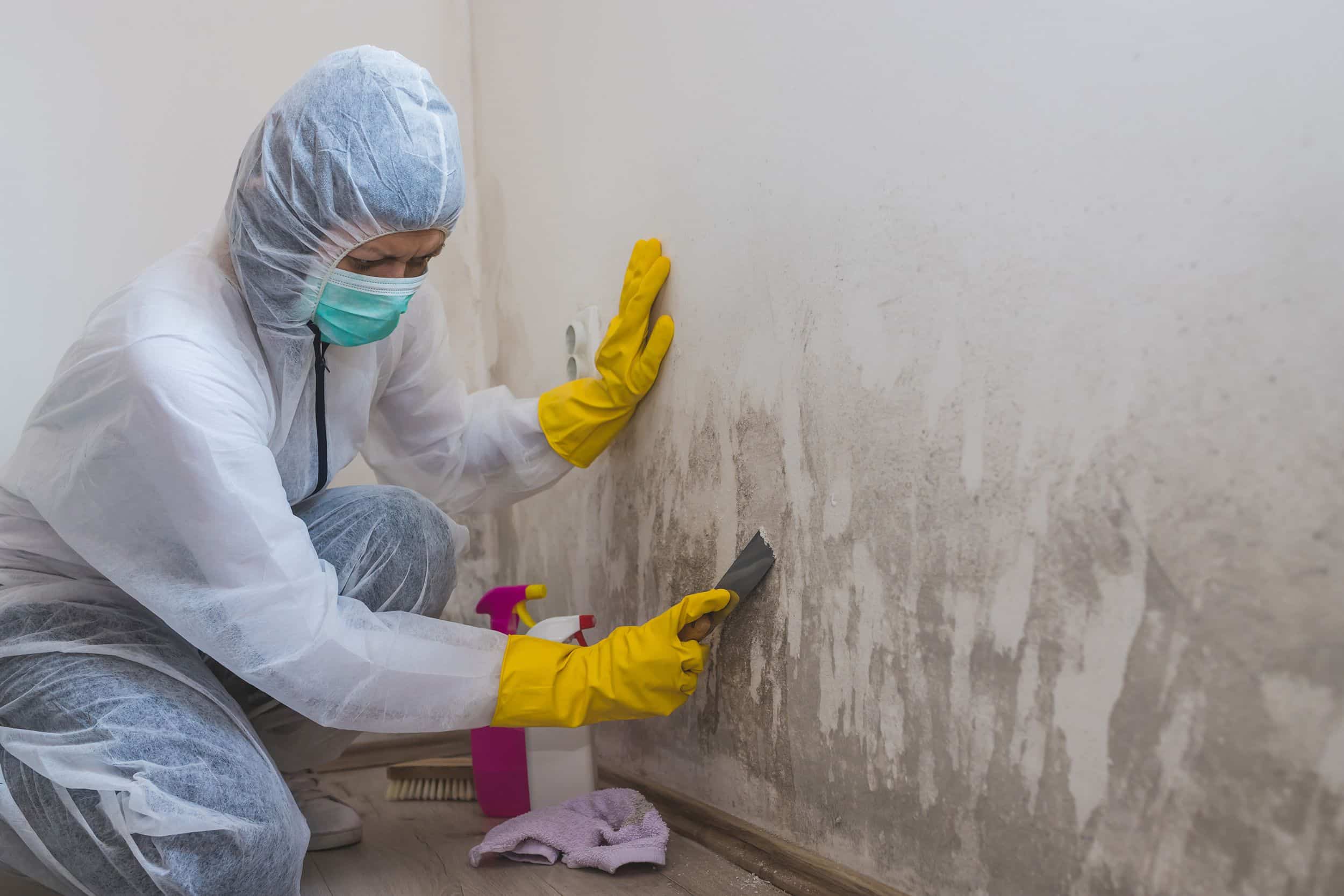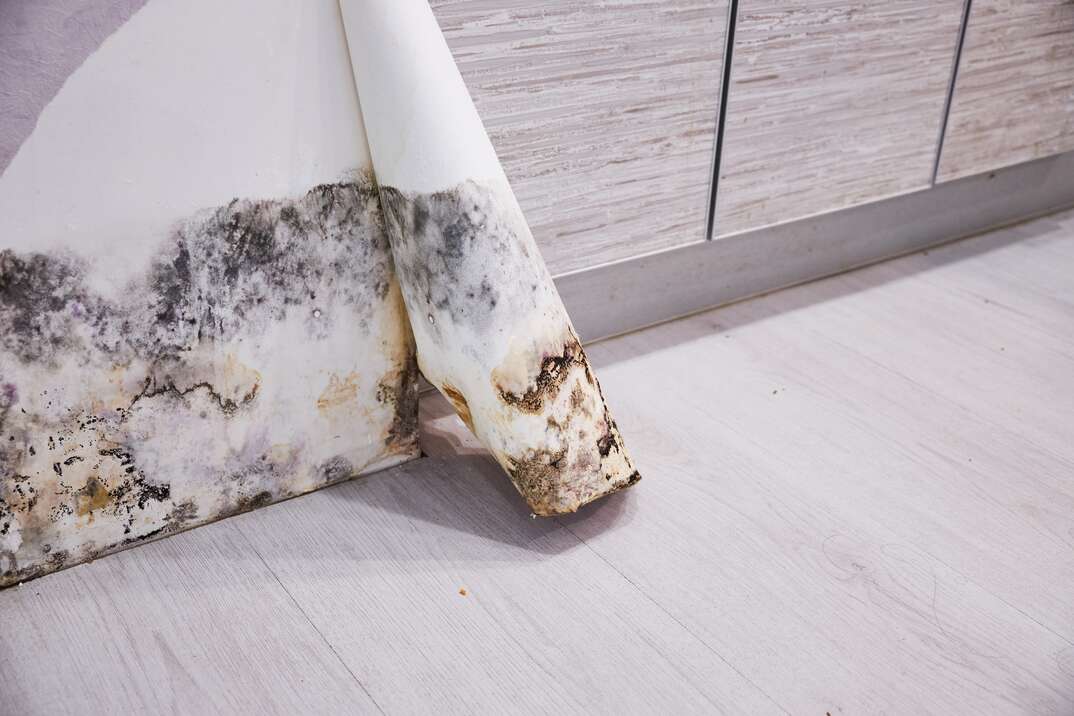Trick Steps for Effective Post Mold Removal
Addressing mold issues in a prompt and reliable manner is crucial for preserving a healthy indoor atmosphere. Successfully completing mold removal is a complex process that calls for interest to information and adherence to specific procedures. From checking dealt with locations to applying moisture control procedures, each step plays an important duty in making certain the efficacy of the remediation procedure. Nevertheless, there are crucial post-remediation actions that are just as important but typically overlooked. These actions not just verify the success of the remediation efforts but also contribute to preventing future mold development.
Assessment of Treated Locations
Upon conclusion of the mold remediation process, a complete evaluation of the treated areas is critical to make sure the efficiency of the removal efforts. This examination functions as a crucial action in the post-remediation stage to confirm that the mold removal and clean-up procedures succeeded in removing the mold and mildew invasion and recovering a safe indoor setting. The examination needs to be conducted by qualified experts that have the proficiency to analyze the remediated locations meticulously.
During the evaluation, numerous aspects are reviewed to identify the success of the removal process. These consist of aesthetic assessments to look for any kind of indications of mold development or water damage, wetness levels to verify that the area is cost-free and dry of excess humidity that can promote mold and mildew re-growth, and air high quality screening to make certain that the interior air is secure to take a breath. In addition, the assessment might involve using specialized devices such as dampness meters and thermal imaging cams to identify surprise mold and mildew or wetness pockets that might result in future mold problems if left untreated. Generally, an extensive evaluation of the dealt with locations is critical to confirm the performance of the mold removal efforts and provide comfort to the residents of the home.

Wetness Control Actions
Reliable moisture control procedures are necessary for stopping mold development and keeping a healthy and balanced indoor environment. In addition, utilizing dehumidifiers in damp areas can aid lower humidity levels, making it harder for mold and mildew to flourish.
Routinely evaluating and keeping the building's outside can additionally avoid dampness intrusion. After mold remediation. Making certain that rain gutters are clear, downspouts direct water far from the structure, and the roof is in good problem can assist avoid water from leaking into the building. Correctly securing doors and home windows can additionally help keep wetness out
Any kind of leakages or spills must be cleansed and dried out within 24-48 hours to stop mold and mildew development. By executing these moisture control steps, the risk of mold and mildew reoccurring can be substantially lowered, creating a much healthier interior setting.
Proper Air Flow Assessment
An indispensable facet of ensuring a healthy and balanced interior setting article mold and mildew remediation is conducting a thorough evaluation of the ventilation system. Post Mold remediation cleaning. Correct air flow evaluation plays an important role in avoiding future mold and mildew development and keeping air high quality within the affected space. Throughout the assessment, professionals assess the effectiveness of the ventilation system, inspecting for any kind of obstructions, leaks, or malfunctions that can impede proper air movement. It is necessary to make sure that the air flow system is effectively sized for the space it offers which it satisfies market requirements for air exchange prices.
Additionally, examining the air flow system consists of analyzing the distribution of air throughout the location to recognize any type of locations of bad flow where moisture and impurities can build up. Correct air flow not only assists in managing humidity levels but also help in removing air-borne mold spores and various other contaminants, consequently boosting general indoor air quality. By addressing any type of air flow problems upload mold and mildew remediation, homeowner can produce a much healthier and much more comfy setting for passengers while decreasing the risk of mold re-infestation.
Cleansing and Sanitation Protocols
To make certain comprehensive mold removal, careful adherence to specific cleansing and sanitation procedures is important. Cleaning up and sanitation procedures play a crucial duty in the post-mold removal stage to stop remove mold stain the reoccurrence of mold development and ensure a healthy and secure atmosphere. The primary step in this process is the elimination of any kind of noticeable mold and mildew growth using proper cleaner and techniques. It is important to utilize EPA-approved fungicides and disinfectants to successfully get rid of mold spores and avoid their regrowth.
After the first cleaning, comprehensive sanitation of the influenced locations is essential to eliminate any kind of staying mold spores and hinder their expansion. This action is crucial in protecting against the spread of mold to various other components of the residential property. Additionally, applying safety nets such as using mold inhibitors and keeping correct ventilation can help reduce the danger of future mold invasions. By following stringent cleansing and disinfection procedures, homeowner can make sure the successful removal of mold and mildew and create a healthy and balanced interior atmosphere for passengers.
Surveillance and Upkeep Plan
Executing a normal surveillance and maintenance strategy is necessary for ensuring the long-lasting performance of mold and mildew remediation initiatives. Once mold removal is finished, it is essential to develop a surveillance routine to review the success of the removal procedure. This involves routinely evaluating the previously affected locations for any type of indications of mold reappearance or water damages. By performing regular checks, any brand-new mold and mildew development can be quickly recognized and resolved, stopping a reoccurrence of the initial trouble.
In addition, establishing a maintenance strategy is crucial to preventing future mold and mildew problems. Routine maintenance not just aids in preventing mold however additionally contributes to keeping a healthy and balanced interior setting - what to do after mold remediation.
Conclusion
Finally, effective article mold look at more info and mildew remediation includes thorough examination of dealt with locations, execution of wetness control steps, analysis of correct air flow, adherence to cleaning and sanitation protocols, and establishment of a tracking and maintenance plan. These key actions are vital to make certain that mold growth is efficiently removed and protected against from reoccuring in the future. By following these standards, homeowner can maintain a healthy and secure environment for residents.
Upon conclusion of the mold removal procedure, a comprehensive evaluation of the dealt with locations is critical to ensure the efficiency of the remediation initiatives. These consist of visual analyses to check for any type of signs of mold and mildew development or water damage, dampness levels to validate that the location is dry and free of excess humidity that can promote mold and mildew re-growth, and air top quality testing to make sure that the indoor air is risk-free to take a breath. Furthermore, the assessment may involve utilizing specialized devices such as moisture meters and thermal imaging electronic cameras to discover surprise mold and mildew or dampness pockets that could lead to future mold and mildew problems if left untreated. By addressing any kind of air flow concerns upload mold and mildew remediation, residential or commercial property proprietors can create a much healthier and much more comfy environment for occupants while minimizing the risk of read mold re-infestation.
